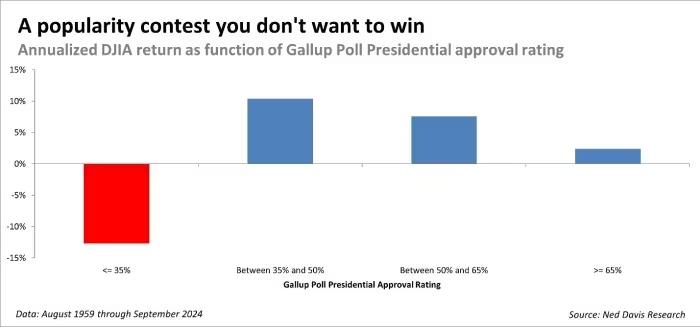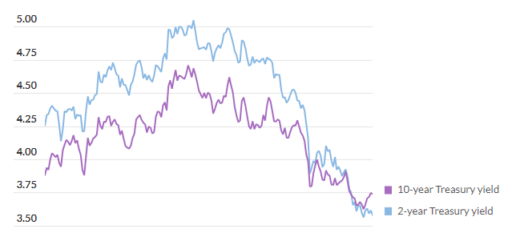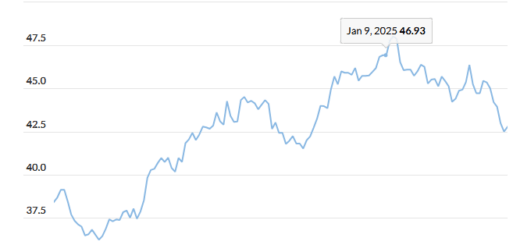Market Turbulence in 2025: The Presidential Factor
Stock market often experience a downturn in the three months following a presidential inauguration.
No matter who wins the U.S. presidential election, the stock market tends to face challenges after Inauguration Day in January. Since the creation of the Dow Jones Industrial Average (DJIA) in 1896, one of its weakest quarters has been the first of a new president’s term, averaging a mere 0.2% return.
By comparison, the market usually gains an average of 1.9% in other quarters, regardless of whether the incumbent party remains in power.

A study by Ned Davis Research sheds light on this trend, revealing an inverse relationship between a president’s approval rating and the stock market. After Inauguration Day, a president’s approval rating is typically at its peak, which seems to create a drag on market performance. However, when a president’s approval rating dips below 35%, the market tends to fare worse.
This has happened only 6.8% of the time since 1959, with notable examples including Richard Nixon’s resignation and the end of George W. Bush’s term during the financial crisis. Currently, President Biden’s approval rating is 39%.
It’s puzzling why investors wait until Inauguration Day to recalibrate their expectations, especially since campaign promises often don’t align with economic realities. Even with a cooperative Congress, the math doesn’t support increasing government benefits while simultaneously cutting taxes and reducing the deficit.
Yet, political rhetoric frequently leads to unrealistic optimism.
Warren Buffett likens this to a joke about an oil prospector who convinces others that oil has been found in hell, prompting them to rush off in pursuit. Similarly, the lofty promises made by politicians are often equivalent to that rumor. Investors should remain cautious, even when the stock market is soaring.
It’s important to remember that post-inauguration market weakness is an average trend, not a guarantee. In fact, other market indicators, such as the gold-platinum ratio, are currently signaling a bullish outlook, suggesting that stock prices could rise over the next year—even if the first quarter of 2025 is challenging.




